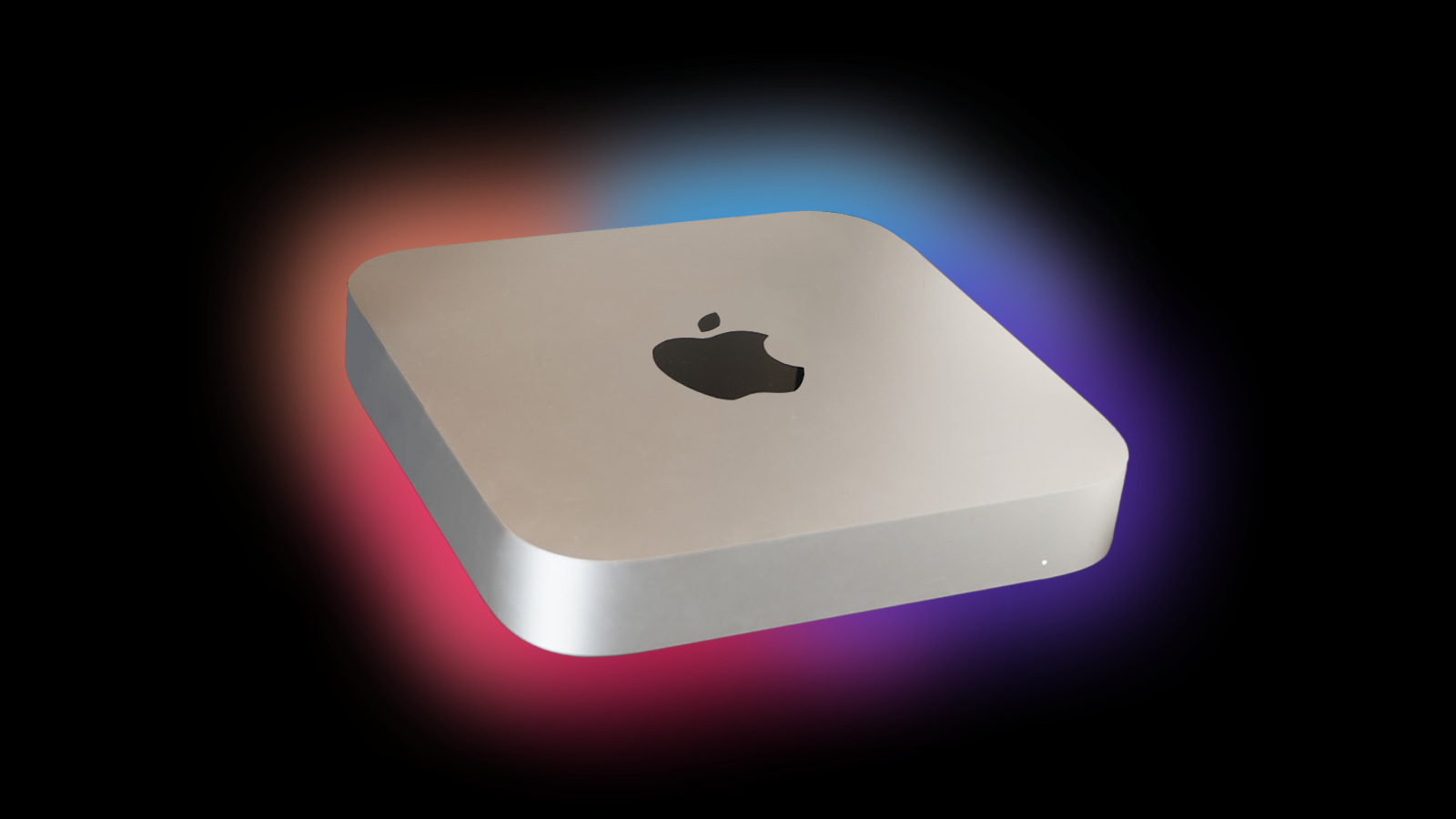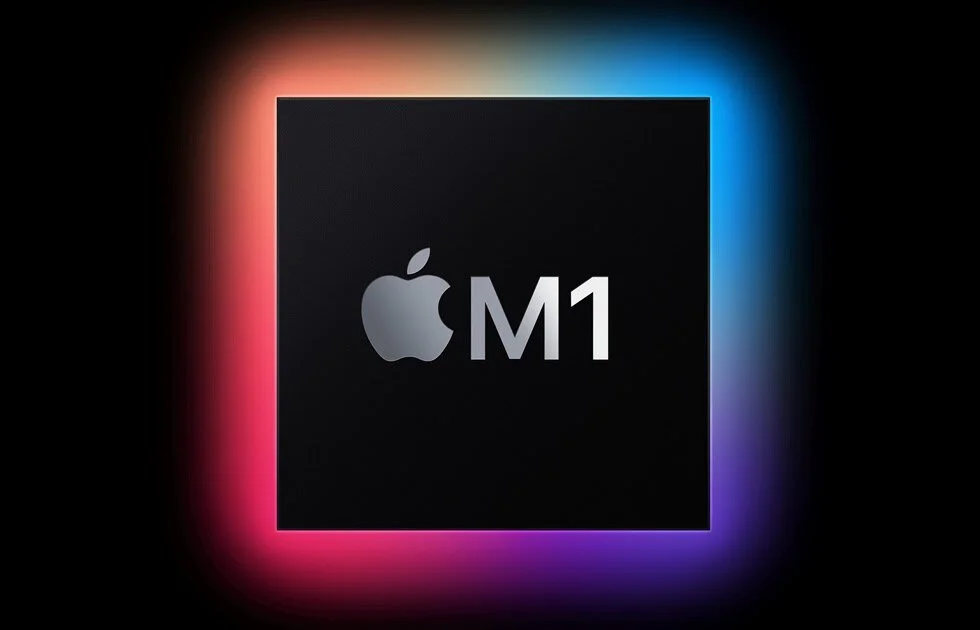3 Months with the M1 Mac mini
I’ve been using the M1 Mac mini since it launched. How does it hold up?
Pros
Excellent performance
Essentially silent
Intel app compatibility works better than expected (for the most part)
Cheapest way into the Mac ecosystem
Cons
Bluetooth issues (more on this later)
Port selection could be better
Storage upgrades expensive
My background with Mac
I’ve been a Mac user since I got a MacBook Air in 2013 and have never really looked back. At the time, Apple had an unbeatable combination of performance, battery life, and general hardware quality hard to match anywhere in the Windows ecosystem. However, in recent years, across the whole Mac lineup, it seemed that Apple had not put as much love and care into features that loyal Mac users were used to.
They removed useful features across the board such as SD Card slots and other ports. Coupling that with Intel’s failure to make significant gains in performance and efficiency while the iPad range began to invade into Mac territory - the future of the Mac looked bleak at best.
Enter Apple Silicon!
Courtesy: Apple
For a long time, Apple’s chip teams had been producing amazing work in both the iPhones and the iPad ranges. It seemed inevitable that they would ditch Intel and start making Macs with their own chips inside.
On June 22nd 2020, the transition was finally announced. We were given a timeline of 2 years in which Apple claimed they would move their entire lineup from Intel to Apple Silicon. And, on November 10th, we finally saw the first products with their new M1 chip in the MacBook Air, the MacBook Pro and of course the Mac mini. Apple’s claim of “industry-leading performance, powerful features and incredible efficiency” for the M1 machines was bold to say the least.
Let’s have a look at how the mini actually stacked up.
My M1 mini
Courtesy: Apple
The base mini has the M1 processor, 8GB of “Unified Memory” and a 256GB SSD for $699. I have been using the version with 16GB of “Unified Memory” and a 1TB SSD which is $1299. My daily usage is generally browsing the web through Chrome, editing 4K videos in Final Cut Pro, making thumbnails in Photoshop, and a little bit of gaming (Football Manager 2021). I used to think I was a reasonably heavy user but the M1 mini has shown me that these tasks should be considered light work in 2021.
Before the mini, I was using an Intel-based Hackintosh that I built myself with the 6-core i7-8700K, a RX580 8GB GPU, and 32GB of RAM. In other words, this high-end type of computer was table stakes for 4K editing when I built it in 2018, but now, I would say it’s overkill. The M1 range of Macs have brought previous heavy tasks like editing to the “low-end” of computing.
The M1 mini’s strong performance with video editing and other tasks should not really come as much of a surprise. Apple's iPad Pros have become increasingly powerful with Apple Silicon chips and it was only a matter of time before their computers followed suit.
Compatibility
Courtesy: Apple
The central issue for M1’s at first was compatibility with programs that were built to run on Intel based processors. But, I was happy to find that developers swiftly created M1 versions of their apps. Developers like Google updated Chrome pretty quickly with an M1 version. A nice surprise for the way I use my Mac.
But, with a number of apps yet to transition, the question a lot of people had was how would app compatibility be with apps designed for Intel? For this, Apple-designed Rosetta 2 - a translation layer that on the first run of an Intel app translates the code to make it run on ARM. Naturally, there was a lot of skepticism about how well this would work but in my testing, it has been fantastic!
While there is a Photoshop beta out now with native Apple Silicon support, I have carried on using the Intel version and have not been slowed down one bit. Likewise with Football Manager, while it isn’t particularly GPU heavy it’s a very CPU-intensive game and the mini runs the Intel version with no problems whatsoever and incredibly smoothly. Naturally, with any transition, your mileage may vary. So, if you do have any apps that you rely on currently, check if there is a native version or if others have had a good experience through Rosetta 2 before making the jump!
Nearly silent performance
Courtesy: Apple
One of the best things about the mini is that it does all this, but stays nearly silent the entire time. I have never once heard the fans spin up. This is amazing, particularly when you are trying to film videos or record audio. It really does ruin other machines for you though so be warned: you will start to think everything else is just way too noisy!
The downsides
As mentioned at the top of the article, it hasn’t all been perfect. There are a few downsides with the mini. The old Intel models came with four Thunderbolt 3 ports whereas there are just two here on the M1 version. And, you end up with Gigabit ethernet (no 10-gig offering), HDMI, two USB 3 ports, the two Thunderbolt 3 ports, a headphone jack alongside a figure of eight-port for power. Not a bad offering, but I would like to see a few more ports going forward.
Another disappointment, but not a surprise, is that upgrades to storage are extremely pricey. From 256GB to 512GB, it’s an extra $200. Another $200 on top of that to 1TB, and another $400 to 2TB! My recommendation would be to go for the 512GB option, then expand externally (internal storage cannot be upgraded by the user) if you need more storage. I have looked at some options to expand here.
Perhaps the most frustrating issue I have encountered is when it comes to Bluetooth. There have been reports on this already, but it seems to happen most often when a Logitech MX Master is connected to the mini via Bluetooth. This causes other peripherals to lag or sometimes disconnect altogether, which can become pretty frustrating. Apple has acknowledged this and suggested it will be fixed in a future software update. However, as of writing this article, I haven’t seen any improvement. I have gotten around it by using the USB dongle my MX Master comes with, but this shouldn’t be a requirement in my opinion!
Conclusion
Courtesy: Apple
All things considered, would I recommend the M1 Mac mini? Absolutely! There are a few caveats to that though. As I mentioned earlier, the level of performance available in this entry level machine is fantastic, particularly if you have an existing desk setup to plug into. If you need an all-in-one solution, the MacBook Pro might be a better option given its built-in display, keyboard and trackpad. But, the M1 Mac mini is a great choice for a lot of people!
Even if it’s not the right machine for you, it’s still something to be excited about. The whole M1 series of Macs are first-generation products and the performance is already amazing. So amazing in fact, that Intel's new CEO recognizes that the company “must deliver better products” than Apple. I can’t wait to see what future M1X- or M2-powered machines bring and what this does to ignite competition! It only gets better from here.






